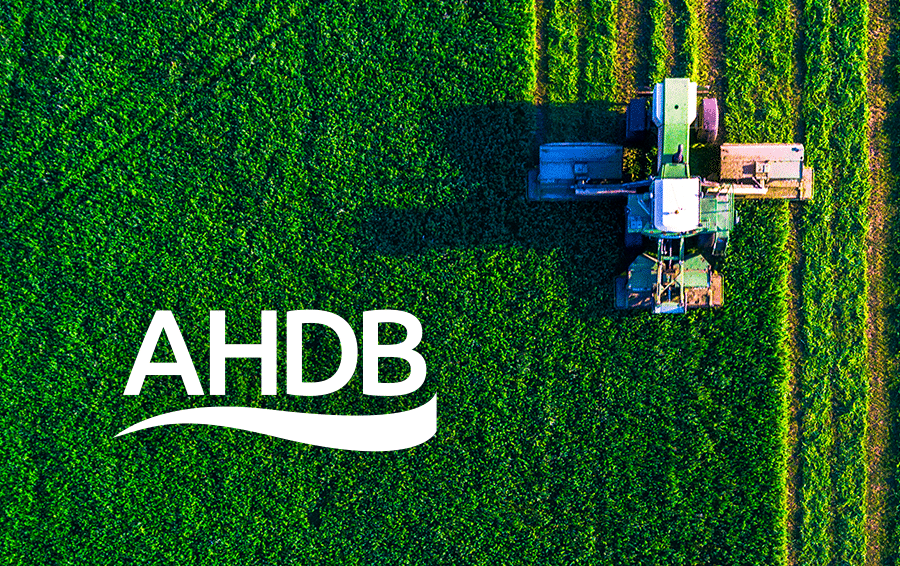Liming grassland this autumn could offer greater financial benefits than usual as fertiliser prices soar.
As part of the AHDB Grass Campaign, consultant, Dr George Fisher, has urged growers to check soil pH, and if it falls short of the optimum, to apply lime between now and Christmas.
This will achieve a greater financial payback this year as fertiliser prices reach a new record high. The price of ammonium nitrate has doubled since the beginning of the year and it has been quoted at £475-£480/tonne for October/November. In contrast, the price of lime remains relatively stable, providing an even better return on investment than in previous years.
Optimising a soil’s pH will ensure its nutrients are available to the growing crop rather than lost through leaching or locked up in an inaccessible form. This has environmental as well as financial benefits.
Raising the soil’s pH to its optimum by liming will not only increase its ability to release nutrients to the growing crop, but it will also optimise conditions for the soil’s biology and health.
This results in less wastage of expensive nutrients, less pollution into water courses and an improved soil structure, with all its associated benefits.
All of this has been reflected in long-standing research, which shows grass yield can be 30-40% lower as pH drops from the optimum 6.5, down to 5.5.
Further gains from optimising pH include the more efficient capture of nitrogen by legumes while a growing body of evidence is beginning to suggest soils with a low or high pH can lose more carbon.
All of this points towards the importance of measuring the pH of all grassland soils, and optimising pH at close to 6.5.
“This ensures that all nutrients, whether from the soil or a bag or from livestock, are at the optimum availability for the plant to take up, provided everything else is in place,” said Dr Fisher.
“It doesn’t matter when you lime if ground conditions are suitable, but if you do it now, at the end of the grazing season, it has the winter to work its way into the soil and positively impact the pH next season.”
Once the pH is known, the amount of lime required can be determined from the Agricultural Lime Association’s website, (www.aglime.org.uk) where a ‘lime calculator’ will specify the tonnage to be applied to different soil types and through a choice of products.
It’s not so much an issue of which product is used – with choices ranging from the basic crushed lime direct from a quarry to enhanced, granulated products – but of opting for calcium-based products, rather than those based on magnesium.
Soil health is about chemistry (its nutrients), physics (its structure) and biology (its microbial life).
Dr Fisher said: “You can work away on the physics and biology, but if you don’t have the pH right, you will still lose nutrients,” he says. “But get them all right and you reduce your chances of nutrient loss, leaching and pollution and increase your chances of a healthy and high-yielding crop.”






